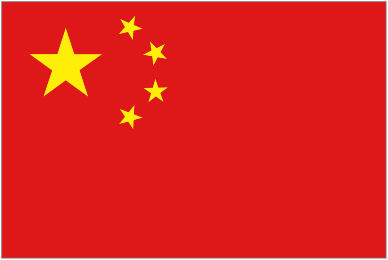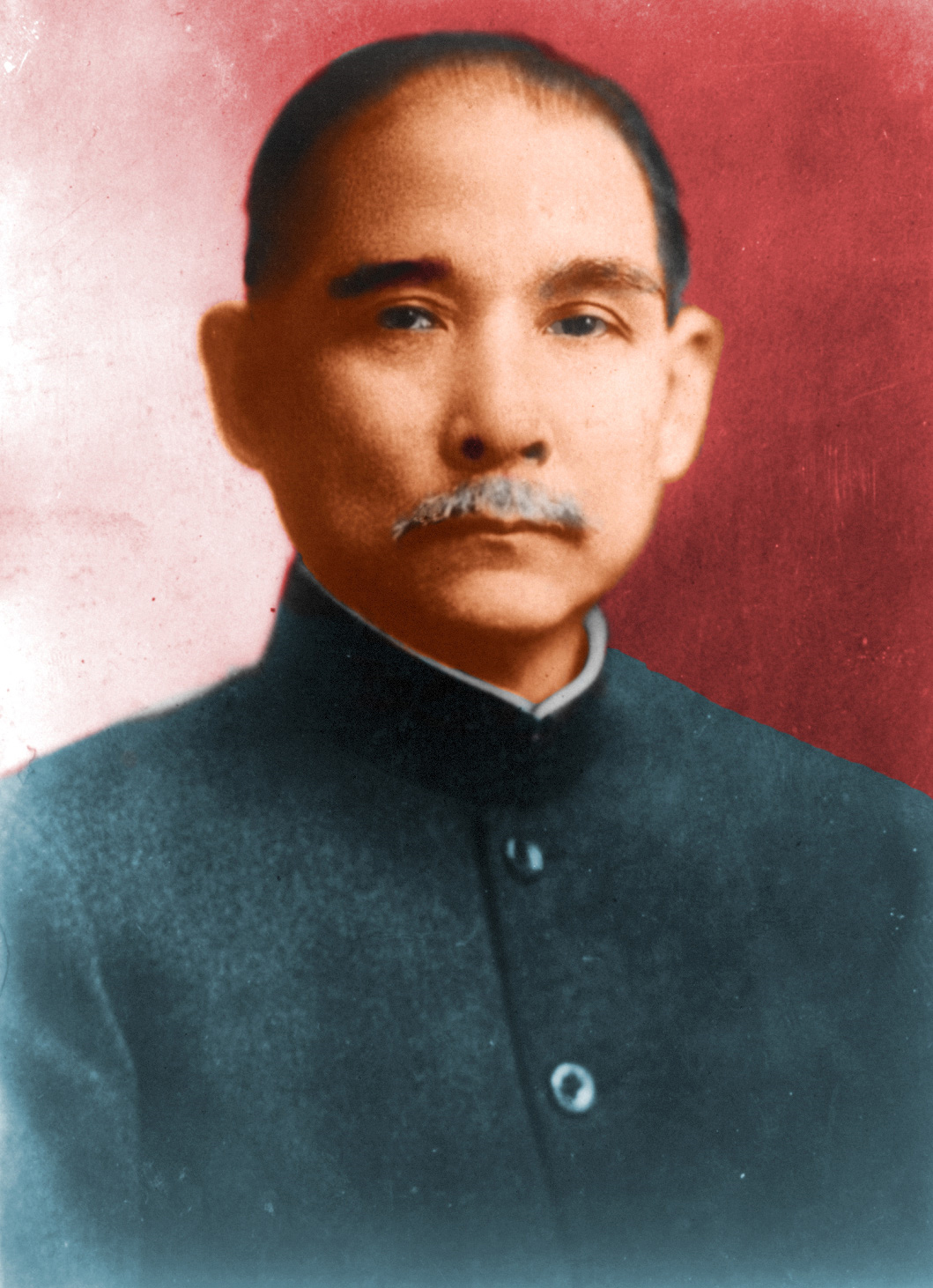
We tend to think of the environmental movement as something recent, that came along when the city passed out those big purple or blue recycling bins. But Tree-Planting Day is an ancient ritual in many cultures.
Arbor Day in China was originally a seasonal holiday observed during the Qingming Festival. Qingming means “Clear and Bright” (and no, it is not Scrabble eligible). Qingming falls 104 days after the winter solstice, on April 4th or 5th. During this time families remember and visit the graves of the dead, as well as enjoy the outdoor activities and the greenery of Spring.

In 1979, March 12th was officially designated as Tree Planting Day. But according to Cultivating the nation in Fujian’s forests: Forest policies and afforestation efforts in China, 1911-1937, the March 12th date went back to the 1920’s. Chiang Kai-shek, then leader of China, removed Tree Planting Day from the Qing Ming Festival in 1929 in order to establish it as a patriotic holiday rather than a traditional one.
Just as Yuan Shikai had previously linked Arbor Day with the Qingming Festival, Chiang Kai-shek…severed Arbor Day from the Qingming Festival and relocated it on the anniversary of the death of [former leader] Sun Yat-sen, March 12…
…By choosing the anniversary of Sun’s death as the date for the new national day, Chiang Kai-shek transformed the activity of tree planting into a more explicit celebration of the nation.
Also doing so, Chiang Kai-shek “established a symbolic link between himself and Sun Yat-sen.”

So who was Sun Yat-sen?
One of China’s most influential leaders.
He established the Three People’s Principles of China in 1923, which became part of the founding ideology of not only Chiang Kai-shek’s Republic of China, but was also adopted by Mao Zedong’s Communist government.
The 3 Principles are the Principles of Minzu, Minquan, and Minsheng. Roughly translated, they refer to ‘government of the people, by the people, and for the people.’
- Minzu: that there would be a government uniting the ethnicities of China through a constitution, rather than one dominating imperial monarchy.
- Minquan: that the people of China would have a voice in government through voting, recall, initiative and referendum.
- and Minsheng: that the government would serve the people, not the other way around.
In 1920s China this was a revolutionary concept, literally. Sun lived a remarkable life, starting out as a small-town doctor before becoming politically active, and ending up President of the Republic of China. He died of liver cancer in 1925.
Sun’s experiences with Confucianism and his education in the West, (He attended school in Hawaii) lent to his ideological formations. He walked a fine line, speaking against both laissez-faire economics and Marxism, though he reached a cooperative agreement with the Communists as leader.
Sun Yat-sen is unusual in that he was revered by both the Republic of China and the People’s Republic of China. Parts of the 3 People’s Principles were incorporated into China’s National Anthem.

I think I remember going to a Sun Yat-sen garden in Vancouver.